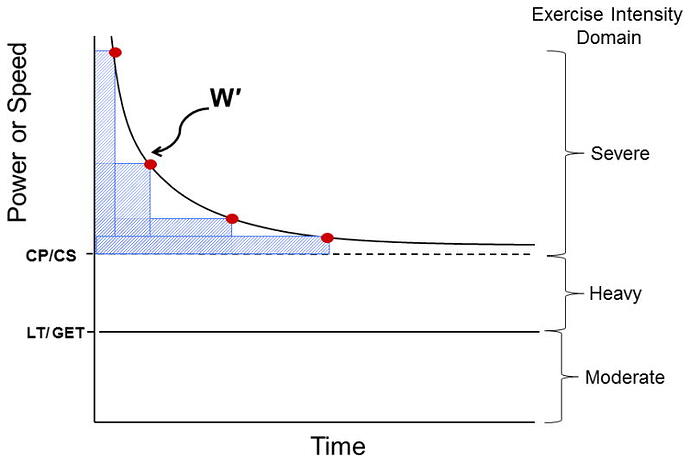Ramp with lactate testing is about as close as you can get to accuracy and this can be confirmed with a 20 or 30 min MLSS test
arr yes the key is Lactate testing though and Im guessing you would do 5 or 6 minute ramps? The Zwift et al “FTP Ramp Test” is dreadful though as its 1 min ramps of 20 watts to fatigue and taking 75% of the best 1min power.
Yeah, those are road bike rides, so pretty poor…
Outlaw:
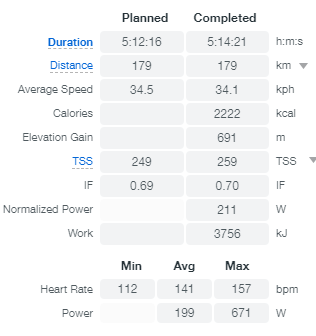
Cotswold CLassic was diabolic:
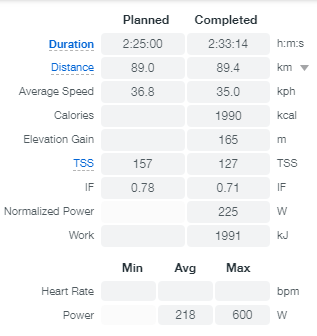
Again, miles away from where I need to be!
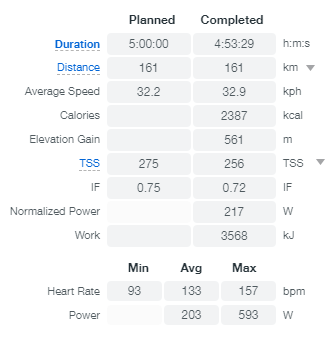
Crap VI in December ![]()
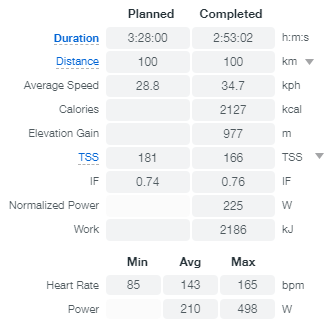
Going to try harder now!
3 minutes…
Alan C does 6 min i think but starts testing at 5 mins to give him a chance of a second reading if required I guess it just needs to be long enough to make sure the lactate has stabilised at that level of intensity? Is that 1 / 2 / 3 minutes? do you do 20watt increases or “it depends” ?
This one legged drill stuff came up on the Oz forum a few years ago. Alex Simmons. (amputee cyclist and coach) said ‘train with as many legs as you have’ ![]()
That would make for a 2 hour test for even the most average of athletes…
I take the sample on the time but am ready (usually) to resample within 30 seconds.
3 mins 20 watts is usual, but adapted to suit including 10 watts and 1 min at upper levels occasionally…
It is aside, but all Sport Science under grads go through the tortuous lab based lactate testing (in fact it is usually a part of VO2 max testing) as a form of initiation…
In groups, one has the role of managing the test, one adding weights to the erg for the step change, one recording HR, one using the lancet to daw a sample (all relatively easy tasks)…
But one poor soul has the task of sterilising the analysing equipment, transferring the sample using a capillary tube (harder than it seems under pressure), measuring the sample and then sterilising the equipment once more…all in 3 minutes, every 3 minutes…
Edit to add: The Lactate Pro (and the Scout before it) took testing out of the lab and into the field where it belongs. A great piece of equipment…
The lactate pro is what AC and Gordo promote as the most accurate outside proper lab equipment (provided you use it properly) they are both big advocates of self testing but i can see issues there with result quality as you fatigue.
Have you used the VO2 Master mask for field gas testing? At ~ £5k a bit prohibitive for the average coach or weekend warrior to self test!
my accountant gives me a hard time as it is, without adding another 5k to the costs…
that’s the key thing…
i am FB ‘friends’ with someone who is using a lactate pro to know when they have ‘recovered’ amongst other mistakes…
I’ve used one of them for a test I was doing for a student up a hill climb, really weird riding a bike outdoors with a mask on!
When we were doing our BSc thesis group work, we were measuring RQ (iirc) using Douglas bags, CO2, etc. We left for lunch leaving the subjects to contiue pedalling. On our return we realised someone had left the CO2 open and to close the valve we had to defrost it. ![]()
![]()
Ah yes, someone had to open and close valves on the Douglas bags too…
Critical Power (or Speed) is the mathematical idea behind power duration curves. Not new fangled, was described 100 years ago looking at how running and cycling had similar shaped curves.
Plot a graph with a few maximal efforts, some people do maths wizardry (or wko, intervals etc) and it’ll form a curve that levels out. That asymptote is called critical power
In theory it’s the maximal sustainable power that VO2 and lactate can stabilise. Work above that and you’ll get exponentially quicker fatigue with increases in bad stuff/consumption of fuel. It’s going to be very close number (say +5%) to FTP given they’re measuring the same thing, but I think of FTP as a ‘made up’ idea based on the same idea from a physiological point of view rather than reflecting a true threshold.
W’ (said as W prime) is the potential energy you have to use above critical power. Not very relevant to steady state exercise. Think of it like a battery, you can either use that energy up with a short sprint over a minute, or try chug out 20 minutes sitting just above CP (which people do in a 20mim test, hence the prescription of a 5’ all out test to deplete W’ first)
1J = Watts x Seconds. So 1000W for 5s Max = 5000J = 5kJ used up.
If you know how big your battery is, you know how long you can sustain certain efforts:
Eg. If W’ is 20kJ and I want to hold 420W, with a CP of 320W:
100W above CP = 100Joules per second
20,000J / 100 = 200 seconds = 3 minutes 20 seconds
This to me explains pro cycle racing. Its how team sky dominated and made it dull for a few years by having better numbers and being able to sit right on them very well.
It also explains the stochastic attacks of cyclists. They have no expectation of getting away with the first few, but hope to deplete each others batteries, so that the later attack will stick, as the recovery of W’ is far slower than its consumption.
Hence pacha suggests about IM using it as an upper ceiling of effort uphills. Everytime you surge out of transition, up hill, out of a corner you’re burning a match. Might be fastest way to cycle to get the bike up to speed, but will have a fatigue cost later on (yes, even though you’re not depleting w’ in a long-distance race given the low intensity, but still contributes fatigue)
3’ Test
Many say rather than having to do different time efforts and create the curve (which is useful in itself) you can calculate from a single 3’ effort.
If you start absolutely all out with no pacing, your power/speed will continue to decline and then stabilise at a certain point. Some say this endpoint matches CP, as you’ve depleted your W’ in the first 2-2.5 minutes.
Then, let’s say you average 400W for the full 3’ but finish at 300W. 100W difference sustained for 180s = 18kJ for W’.
Is well established for cycling and running
University of Bath have published and I believe are working on further validation studies to show they use it in swimming.
Zones
Yes, used for 3 zone model that Seiler and research world use. Everything above critical power is Zone 3 = severe domain in ex Phys speak.
(unless we’re going to talk about the extreme domain which would be zone 4 at the true top end for sprint powers of <5min)
